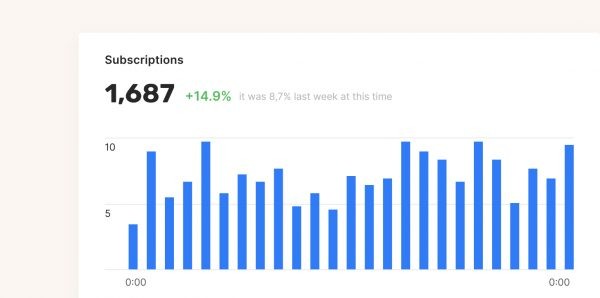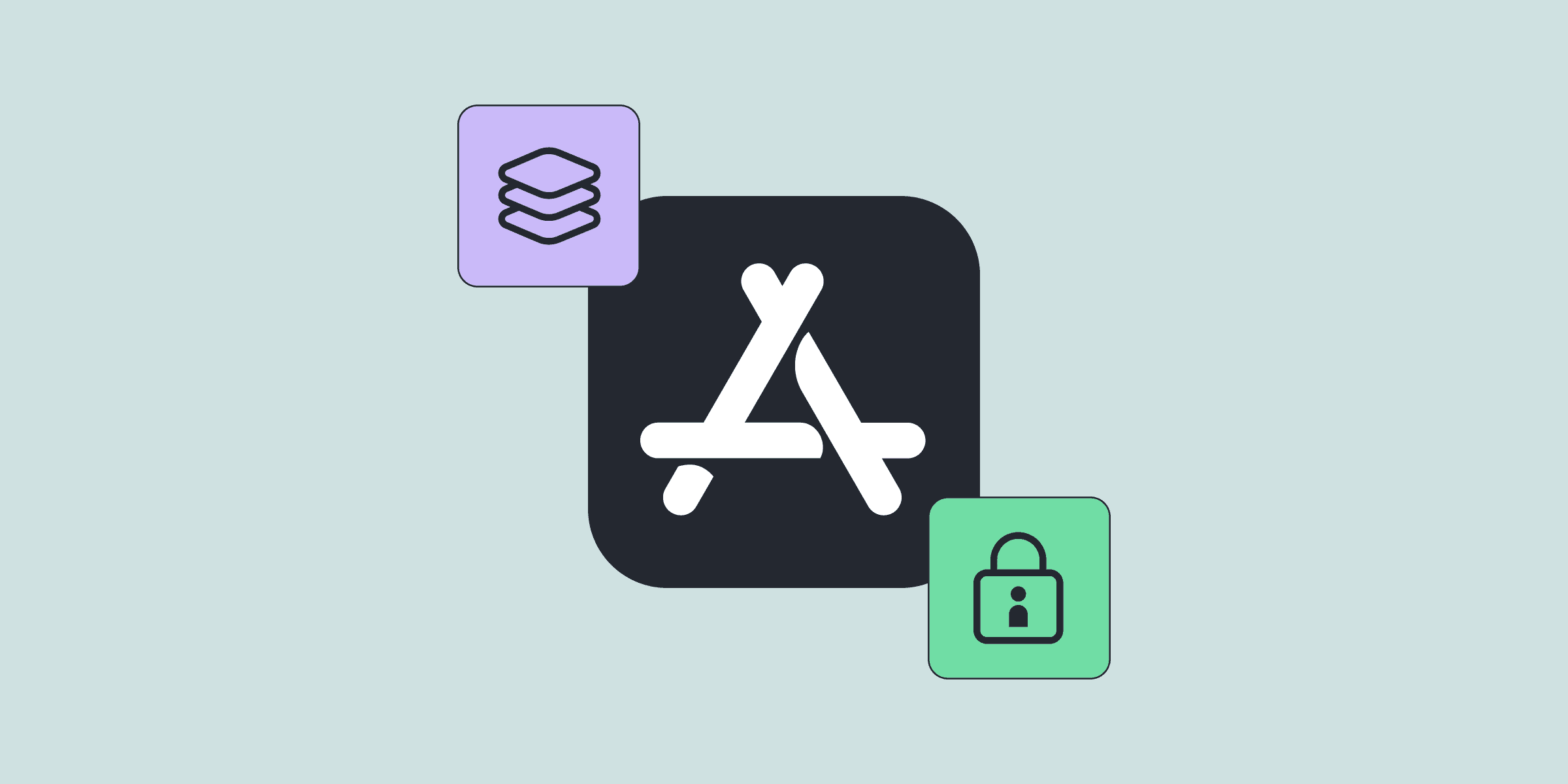The IDFA, Apple’s ATT, SKAdNetwork Timer, and what you need to know about it
The IDFA, Apple’s ATT, SKAdNetwork Timer, and what you need to know about it

Michael

Michael
Mar 23, 2021
Mar 23, 2021
Apple announced its’ App Tracking Transparency (ATT) framework in June 2020, and the ATT is expected to be enforced by Apple within several weeks. Apple has postponed the policy’s enforcement several times already, but this time the deadline is getting very close.
Apple announced its’ App Tracking Transparency (ATT) framework in June 2020, and the ATT is expected to be enforced by Apple within several weeks. Apple has postponed the policy’s enforcement several times already, but this time the deadline is getting very close.














